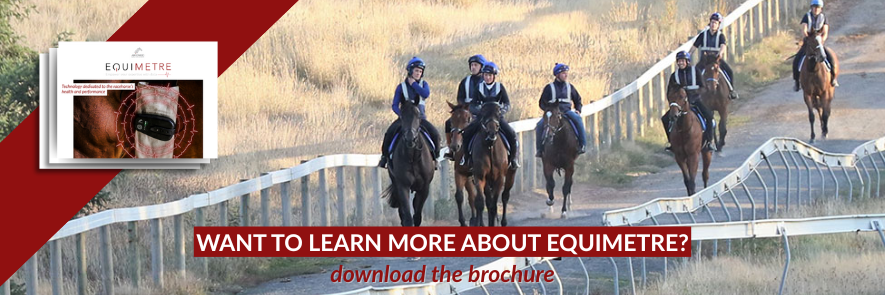From a childhood steeped in racing to a career that has taken him across the globe, Miguel Clément has built a reputation as a thoughtful and forward-thinking trainer. With experiences in Australia, England, South Africa, and now firmly established in the United States, Miguel combines traditional horsemanship with modern data tools like Equimetre. In this interview, he shares his journey, insights on international influences, and how technology is helping refine race preparation.
Watch the video interview: link.
Could you please introduce yourself?
My name is Miguel Clement, and I am a trainer in the United States. I participated in the Godolphin Flying Start program.
At what point did you know you would follow in your father’s footsteps as a horse trainer?
From a young age, that was always the plan, even before university. I always knew I was going to be a trainer, and I was fortunate enough to travel around the world working with horses before coming back to the States.
Your international experience in Australia, England, and South Africa, did it influence the way you approach training today?
Yes, I was very lucky to work with some of the best horsemen around the world. The Flying Start was a fantastic program because it really took us everywhere. After that, I did a brief stint in South Africa with Mike de Kock, which I found fascinating. It challenged the way I thought about everything.
I also spent two years as pupil assistant to Hugo Palmer in Newmarket. My uncle is a trainer in France as well. The more you see, the more you learn, and it makes you think about training in different ways. You may agree or disagree with certain methods, but regardless, it’s always a learning experience.
Congrats on your recent victory with Ozara. How did you prepare her for this race, and what role did Saratoga play in her success?
Preparation-wise, we were actually quite tough on her, and she took it well. She ran eight weeks ago at Monmouth, came back two weeks later to win the Dilla Rose, and then kept doing very well at home, so we went for another swing at Saratoga.
She handled it beautifully. She was eating well, sound, and showing great appetite. That’s what gave me the confidence to be a bit more aggressive and run her back again. She’s now 3-for-3 at Saratoga. She’s got tactical speed, and Saratoga suits that.
You use Equimetre in your training. How does it help?
I use it often, especially for horses coming off a layoff, to gauge their fitness before they get back to racing. Good horses can still work well even when they’re not fully fit, because of their class, so having an objective measure is important.
It’s another tool, just like weighing horses regularly, that helps reduce mistakes. In our business, if you lose only 80% of the time, you’re considered to be doing well, so anything that helps improve those odds should be embraced.
How do you balance traditional trainer intuition with digital data tools?
It’s not really a balance, it’s just another layer of support. The philosophy is still the same as it was 50 years ago, just with new tools. Trainers back then would have used them if they had access.
We still train on the same tracks, with the same constraints. In the U.S., most training is done on oval dirt tracks, and occasionally turf. Compared to human sports, our infrastructure is a bit archaic, but you make the best of the parameters you’ve got.
Beyond technology, what’s the biggest challenge for a young trainer starting out today?
I’m probably the wrong person to ask, because I took over a stable that was already established, with a great team, loyal owners, and very good horses. That’s a huge advantage.
For someone starting from scratch, there are many challenges: immigration and staffing, labor issues, financial pressures, logistics, shipping… There’s always something you can improve to enhance your chances of winning.
Miguel’s website: https://clementstable.com/
Key words: Miguel, Clement, stable, Arioneo, Equimetre, data, horses, analytics, horse racing, revolutionize, speed, recovery, stride lengths, trainer, godolphin
Photo : Walter Wlordarczyk/NYRA photo


